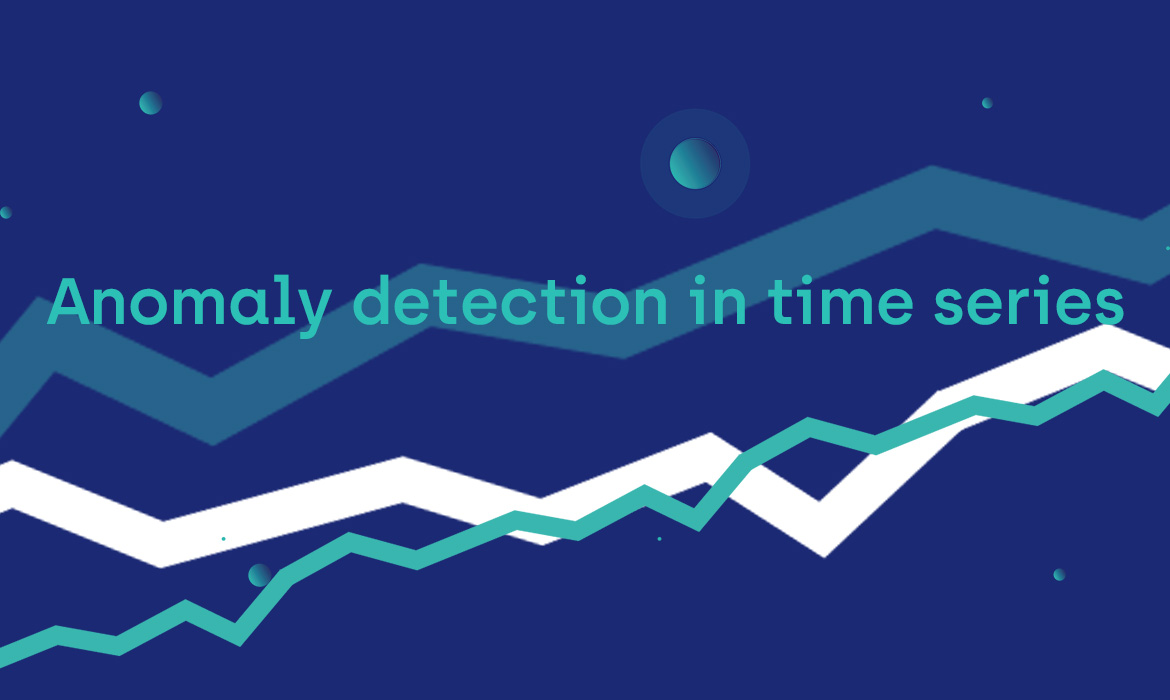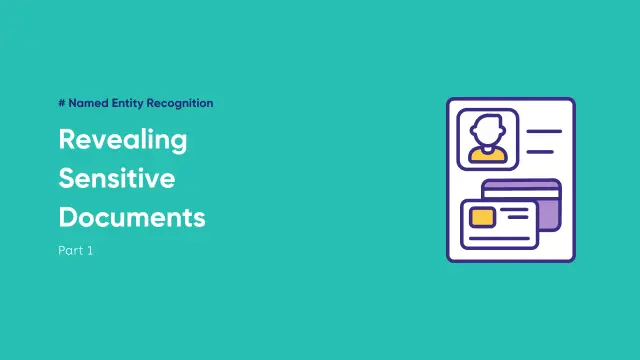Welcome to another blog-isode of Learn with me — a weekly educational series by Gauss Algorithmic. We take cutting-edge technological concepts and break them down into bite-sized pieces for everyday business people or even a marketer like me can understand. 🤷♂
Today’s topic will be the third in our series on Natural Language Processing, or NLP.
Before we continue, let’s rewind a bit. You should know that NLP is a subcategory of Machine Learning (ML). Simply put, ML is where you give a computer algorithm a lot of something (pictures, data sets, etc.) so that it can “learn” what to do with the next one. There are different things these algorithms can learn how to do, and they each have their own category.
One category of ML is Natural Language Processing. For NLP, the algorithm is being trained how to do something with written texts. Maybe it wants to predict the next word you want to type, or wants to decide if an email will go to your inbox or to the Spam folder.
Today we’re talking about a subcategory of NLP called Named Entity Recognition, or NER.
The relationship looks like this:

What is NER?
There are a couple names for NER. You might see it referred to as just Entity identification, or even Entity extraction — it’s all the same thing.
In short it’s where you look for specific categories of words inside a text. These categories, or entities, can be names, occupations, locations, companies, etc. When we create an NER algorithm, we can train it to find any kind of entity that we want (as long as we have enough examples/data).

Why is that useful?
NER is being used to make helpful tools for many different professions.
Imagine that you’re hiring for a new position and you have 1,000 applications. Wouldn’t it be nice if a tool could spit out an excel sheet containing everyone's personal info, contact details, and qualifications/certifications?
NER makes that possible — even if every single CV is in a different format (this is an example of something called unstructured data).
A lot of productivity tools are incorporating NER to make it easier to schedule and categorize tasks. Here’s a popular one that I happen to use called Todoist:

NER in healthcare
One of the areas that Gauss Algorithmic sees the most promise for NER is in the healthcare industry.
Millions of people see a doctor each day and each visit involves adding information to their Electronic health records (EHRs). Just like the CVs in the example above, the format of these EHRs are not standardized — they are unstructured data. 🙃
But a well-trained Named entity recognition algorithm can find important pieces of information from every health record.
For example:
🧔 Patient names
🍭 Prescribed drugs
⚖️ Dosages
🤮 Symptoms
🤒 Existing diseases

Being able to go through billions of health records can help data scientists detect patterns, identify potential illnesses early, and treat them in time. NER makes this possible. 💪
Gauss Algorithmic is passionate about being a part of developing this life-saving new technology for your healthtech business or hospital.
Reach out to us and one of our data scientists can consult you on how we can use NER to create a tailor-made software solution for your organization.
Want to know more about how NER works? Tune in next week! 📺


![[LWM] NLP: Entity recognition (part 1)](https://assets-global.website-files.com/6247cc730fc1eb37da8ca585/626a90c1d7204f4f7b9b9fef_alderman.png)



.webp)

